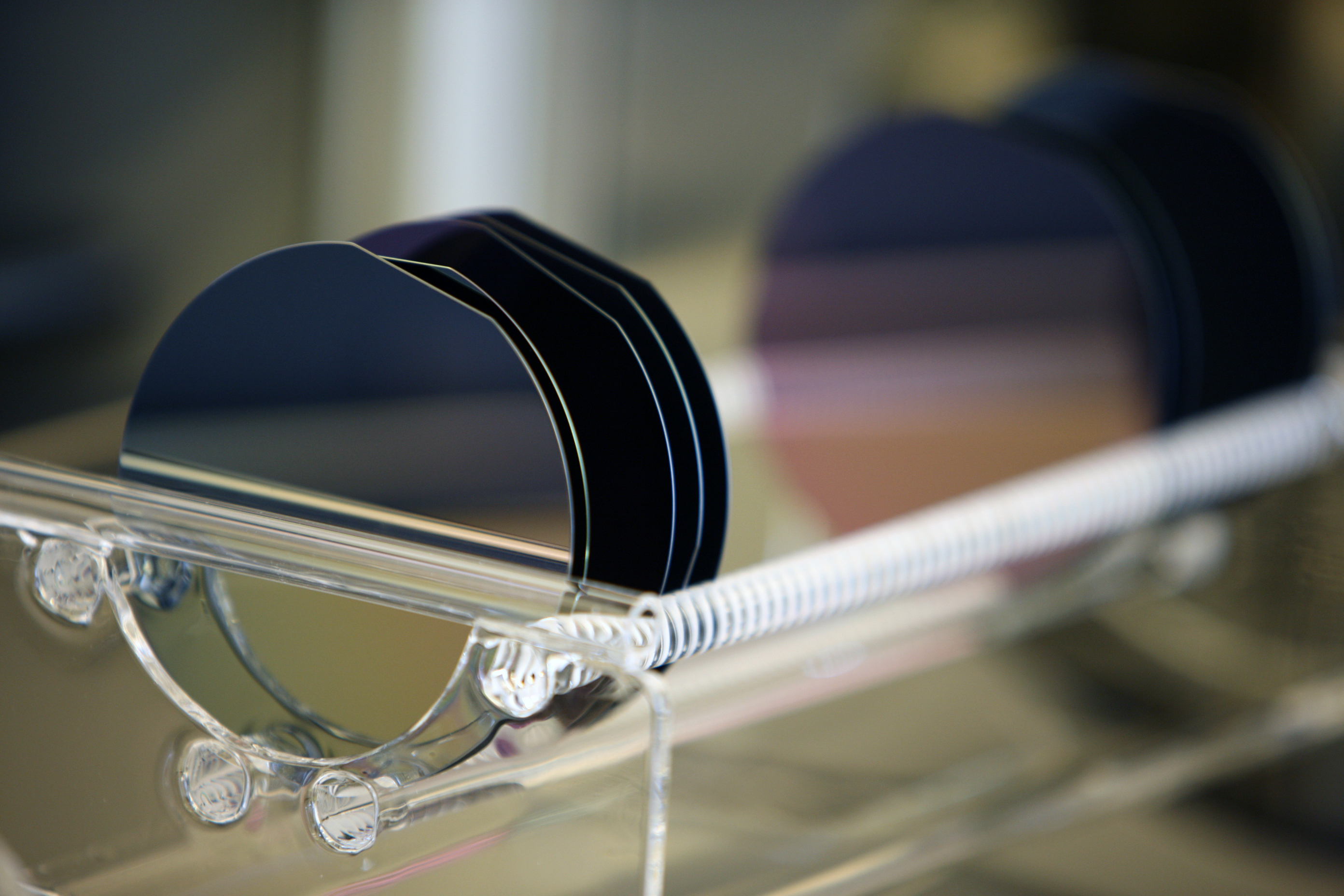
LEARNING OUTCOMES
The learning outcomes of this course is firstly to understand the fundamentals of microelectronic systems integration, including IC, MEMS/ASIC, sensor systems and power systems. A focus will be placed on the integration technologies (from 2 to 3D technologies), processes and typical materials used in microsystems, allowing the student to critically evaluate and compare integration technologies. Additionally, an understanding of the interdependence of material properties, materials compatibility, production processes and their impact on quality/reliability will be obtained. To achieve this, thermodynamics and reaction kinetics and theories of microstructure will be addressed. Scientific writing methods applied throughout the course.
Credits: 5
Schedule: 13.09.2021 - 15.12.2021
Teacher in charge (valid for whole curriculum period):
Teacher in charge (applies in this implementation): Mervi Paulasto-Kröckel, Vesa Vuorinen, Glenn Ross
Contact information for the course (applies in this implementation):
CEFR level (valid for whole curriculum period):
Language of instruction and studies (applies in this implementation):
Teaching language: English. Languages of study attainment: English
CONTENT, ASSESSMENT AND WORKLOAD
Content
valid for whole curriculum period:
The contents of the course will include and introduction to microelectronic 3D-integration, specifically technologies utilised in IC, MEMS/ASIC, sensor systems and power components. Following this, the basics of materials compatibly, chemical reaction between materials, interfacial phenomena and their effects on material properties will be presented with examples and exercises applied to microelectronic integration. Interpretation of phase diagrams, diffusion mechanisms and microstructures of common microelectronic systems will be presented. The students will also participate in laboratory sessions that will evaluate 3D-integrated samples.
Assessment Methods and Criteria
valid for whole curriculum period:
Participation at the lectures, participation at the lab work and presentations
Grade based on active participation on teaching, homework, lab work and presentations
Workload
valid for whole curriculum period:
Lectures (compulsory attendance) : 32h
Exercises/Independent work : 59h
Laboratory work : 39h
DETAILS
Study Material
valid for whole curriculum period:
Handout/Lecture slides.
Handbook of Silicon Based MEMS Materials and Technologies, 2 nd Edition, M. Tilli, S. Franssila, V. Airaksinen, M. Paulasto-Kröckel, T. Motooka and V. Lindroos
Fundamentals of Microsystem Packaging (Chapters 1, 2, 5, 16, 17, 22), R.Tummala.
Laurila, T., Vuorinen, V., Paulasto-Kröckel, M., Turunen, M., Mattila, T.T., Kivilahti, J., Interfacial Compatibility in Microelectronics
Paul, A., Laurila, T., Vuorinen, V., Divinski, S.V., Thermodynamics, Diffusion and the Kirkendall Effect in Solids, Chapters 1-5
Substitutes for Courses
valid for whole curriculum period:
Prerequisites
valid for whole curriculum period:
FURTHER INFORMATION
Further Information
valid for whole curriculum period:
Teaching Period:
2020-2021 Autumn I-II
2021-2022 Autumn I-II
Course Homepage: https://mycourses.aalto.fi/course/search.php?search=ELEC-E8713
Registration for Courses: In the academic year 2021-2022, registration for courses will take place on Sisu (sisu.aalto.fi) instead of WebOodi.
